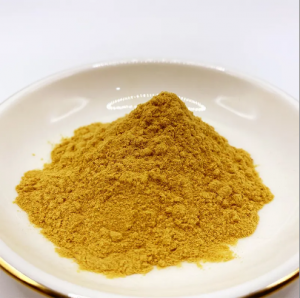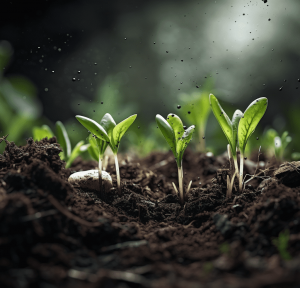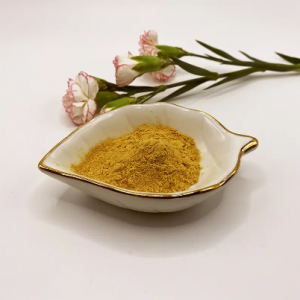Foliar application of chitosan involves spraying a chitosan solution directly onto the leaves of the plant. This method is widely used in agriculture because it can effectively promote plant growth, improve disease resistance and enhance stress tolerance. Here’s how it works and how to implement it:
Benefits of foliar spraying
Quick Absorption: Leaves can quickly absorb chitosan, causing the plant to produce an immediate physiological response.
Growth promotion: Foliar spraying can stimulate cell division and elongation, thereby increasing biomass and vitality.
Disease resistance: Chitosan can induce systemic disease resistance and help plants resist pathogens more effectively.
Stress Resistance: It can enhance the plant’s ability to cope with abiotic stress, such as drought and salt.
Foliar spraying steps
Preparation of chitosan solution:
| Dissolve Chitosan: Mix chitosan powder with water.
Concentration: Foliar Spray: 1:8000~12000 |
Application time:
Apply early in the morning or late afternoon to avoid high temperatures and direct sunlight, which can cause evaporation and reduce effectiveness.
Spraying:
Use a sprayer to apply evenly to the leaves. Make sure both the upper and lower surfaces of the leaves are covered for maximum absorption.
 |
 |
 |
| Chitosan Oligosaccharide | ||
Frequency:
Depending on crop and environmental conditions, applications may be repeated every 2-4 weeks or as needed, especially during critical growth stages or when plants are under stress.
Monitoring:
After application, monitor plant response and adjust concentration or frequency as necessary based on observed effects.
In Conclusion
Foliar application of chitosan is an effective way to enhance plant health and productivity. By preparing the right chitosan solution and applying it at the correct time and frequency, growers can take advantage of the benefits of chitosan to improve growth, disease resistance and overall plant recovery.
Post time: Oct-08-2024




